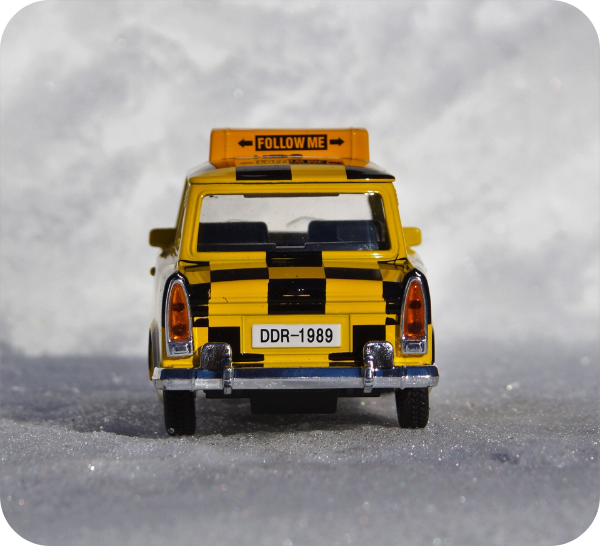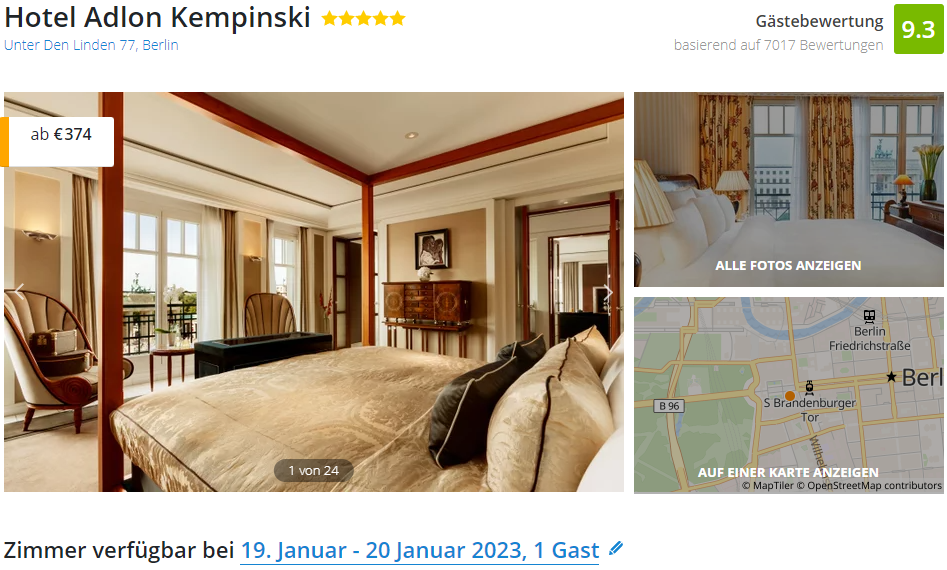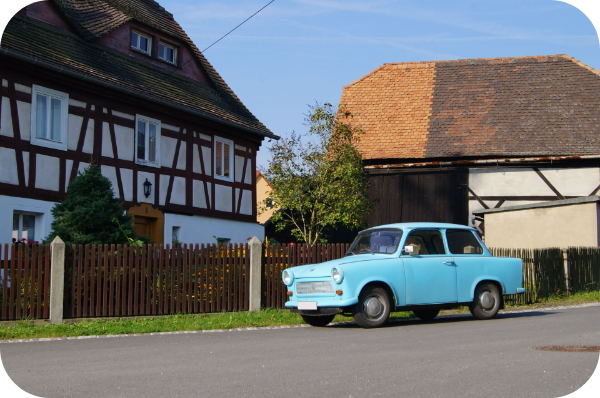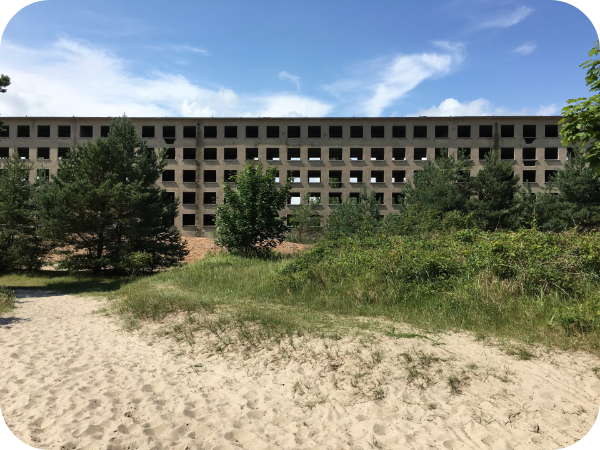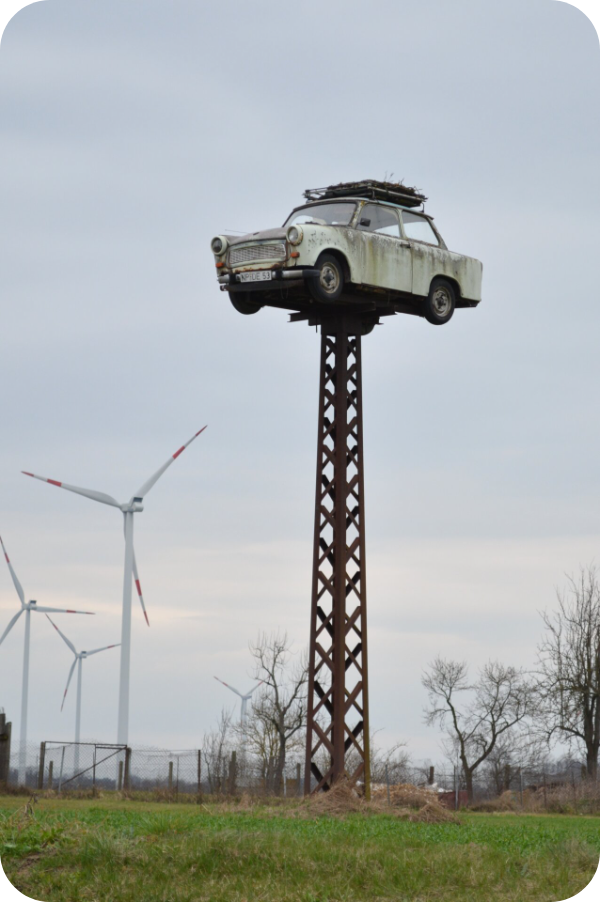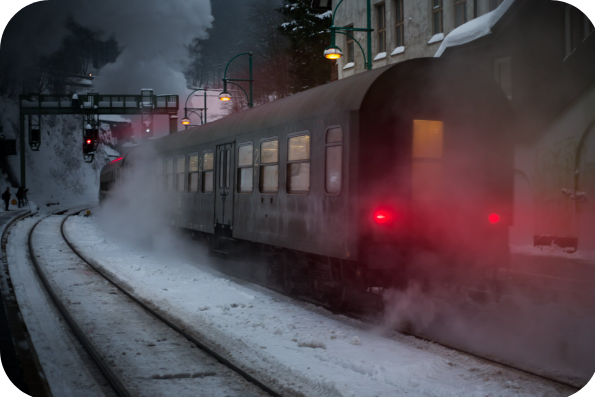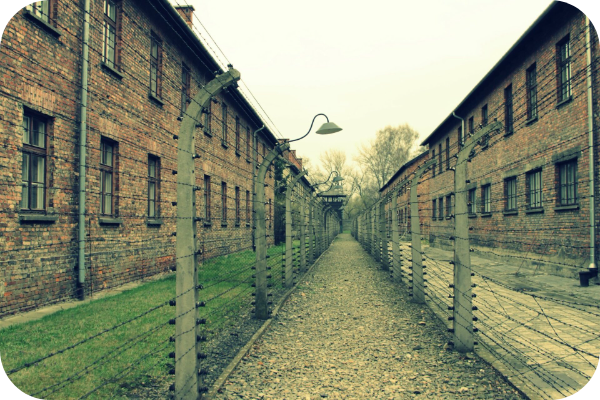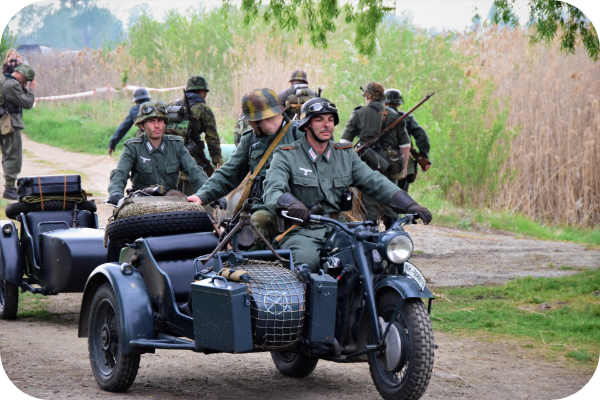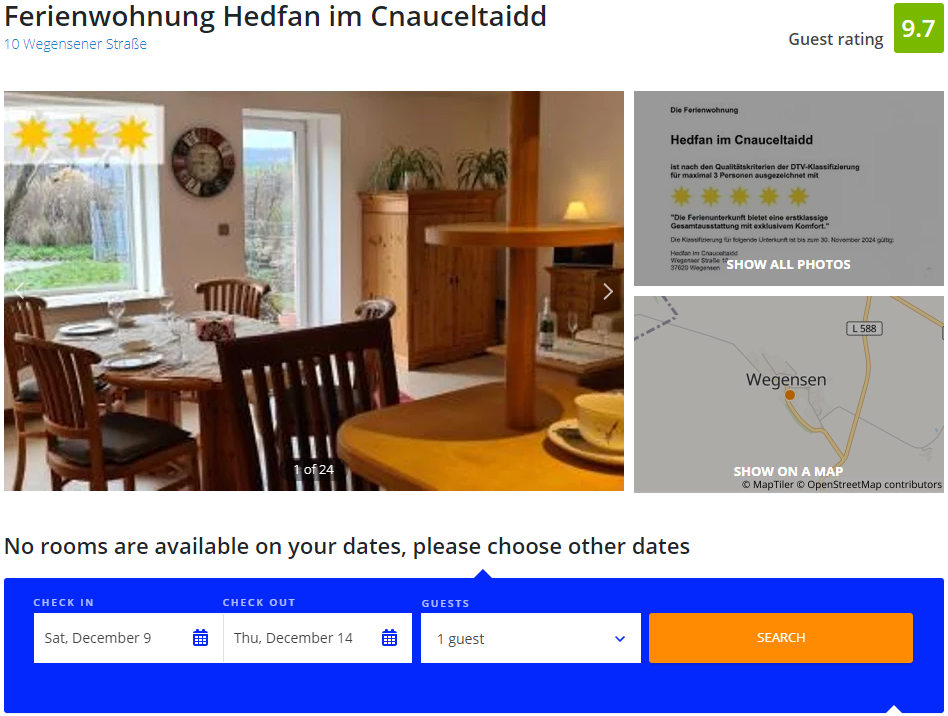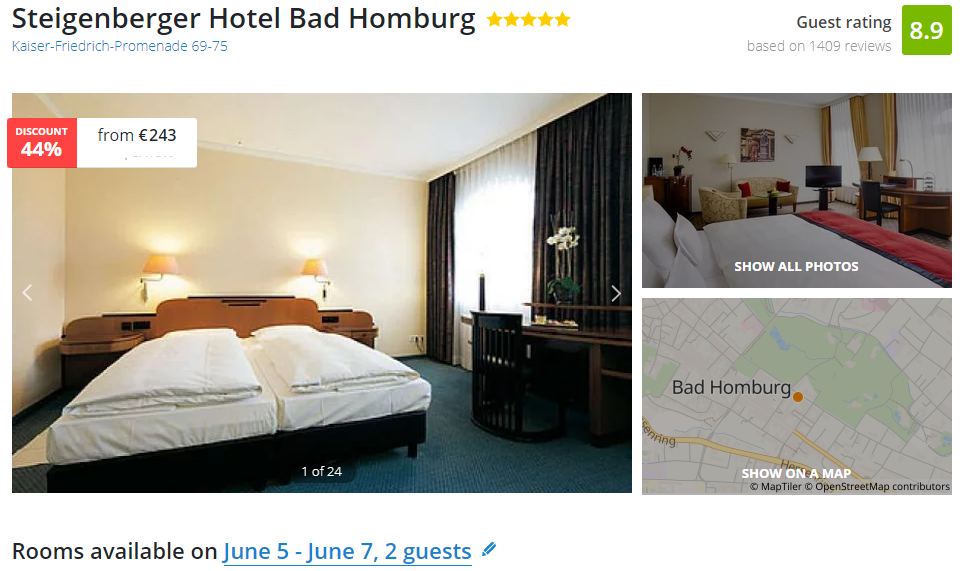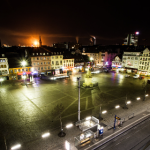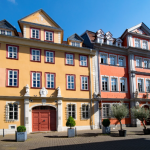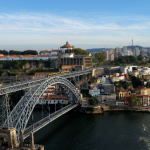What was everyday life like in Communist East Germany?
In Communist East Germany, everyday life was heavily regulated by the government. People were expected to adhere to strict guidelines and regulations, with little freedom of choice or expression. Most people worked in state-run factories and businesses, while others held jobs in education or the arts. Basic food items were rationed and housing was provided by the government. The economy was stagnant and unemployment was high, leading to widespread poverty. Travel within East Germany was restricted and people needed special permission to leave the country. Surveillance by the secret police was omnipresent, making freedom of speech difficult if not impossible. Despite these oppressive conditions, some aspects of life such as education and health care improved during this period.
How did life in the East of Germany differ from life in the West of Germany
Life in the East of Germany during the German Democratic Republic (GDR) era was vastly different from life in the West of Germany. The GDR was a socialist state, meaning that it had a centrally planned economy and government control over most aspects of daily life. This included rationing of basic goods, restrictions on travel, censorship of media and literature, and tight control over citizens' access to information. Additionally, living standards were much lower than those in the West; wages were significantly lower and there was a lack of consumer goods due to shortages caused by government mismanagement. Furthermore, civil liberties such as freedom of speech were severely restricted and there was pervasive surveillance by the secret police. All in all, life in East Germany during the GDR era was marked by significant restrictions on individual freedoms and economic hardship.
For 40 years, millions of Germans lived in Communist East Germany. Life in the East was a far cry from that in the West. Citizens lived under strict surveillance, with the Stasi monitoring their activities for any signs of dissent or criticism. People had limited access to goods and services available in the West, with only basic necessities such as food and clothing being readily available. This lack of access to things like cars, electronics, and other modern amenities added to the oppressive atmosphere of daily life. Despite this oppression, many citizens still found ways to lead meaningful lives through culture and social networks which allowed them to create connections within their communities despite the restrictions imposed by the government.
East Germany was a divided country, as were the rest of the DDR. That means that there are vast amounts of objects and archives from the GDR that have been preserved and are now being exhibited in various locations around the world. Whether it’s an exhibit on the history of quantum physics at Heidelberg University or a show on Nazi propaganda films at Berlin’s Kulturbunker, you can find something to interest you in East Germany.
The 40 years of the German Democratic Republic (GDR) or East Germany had a lasting influence on its people and culture. Despite the reunification of Germany in 1990, many aspects of life in East Germany still remain today. One such example is the country's architecture, which often features Brutalist styles with large concrete structures that are a remnant from its socialist past. Other preserved elements include various monuments and memorials dedicated to workers, as well as several historical sites that were part of the GDR's legacy. The country's education system has also been largely preserved, although it has been modernized since unification. Additionally, many East German language expressions and dialects are still spoken among locals today. All these remnants serve as a reminder to the events and experiences that shaped this nation throughout its history.
How comfortable was a flat in the typical Plattenbau
The typical Plattenbau – the concrete slab prefabricated housing blocks common in the GDR - was not particularly comfortable. The apartments were small, with minimal features and amenities, often lacking even basic plumbing or heating. Despite this, many people managed to make their homes feel cozy and inviting.
East Germans are still different
East Germans are still very different from their western counterparts, even though the wall that once divided them has been torn down. Even after all these years, people in East Germany can be identified by certain traits such as their heavy accent and dialect. East Germans tend to be more conservative than those living in West Germany, and many still have a suspicion of Westerners and their beliefs. They also have a strong work ethic and are very independent, making them well suited for certain professions. Despite being part of one unified country today, East Germans are still distinct in many ways; they continue to live with the legacy of the former German Democratic Republic (GDR).
How did it feel sit at the steering wheel of the tiny Trabant?
Sitting at the steering wheel of a tiny Trabant was a different experience altogether. The cramped interior and lack of power made it difficult to maneuver, but for some drivers it had an almost nostalgic charm. Despite its small size, it could fit an entire family comfortably, making it a popular choice for those living in GDR's Plattenbau units. Although uncomfortable by today's standards, there is something special about the memories associated with these iconic vehicles that still linger in the minds of those who lived through them during the GDR era.
Where and how was the dictatorship noticeable in everyday life in the GDR Germany?
The dictatorship in everyday life in the GDR was very noticeable and oppressive. Everywhere you went, there were reminders of the government’s control and influence. Political slogans and propaganda were plastered on walls, signs and billboards across the country. The government monitored all forms of communication, including mail, phone calls and television programming. Travel within or outside of the country was highly restricted and required special permits or visas. People had to be careful about what they said or wrote in public; any form of criticism against the state could lead to severe punishment. Even people’s clothing choices were regulated by the government – certain colors, styles or fabrics were prohibited to prevent individuals from expressing themselves freely. All these factors contributed to a pervasive sense of oppression that was difficult to escape from during this period in time.
You asked what percentage of East Germans actually visit the DDR museum?
The DDR Museum in Berlin is a popular tourist attraction and many East Germans visit to learn more about the history of their country. The exact percentage of East Germans that have visited the museum is difficult to determine, as some visitors may not identify themselves as such. However, according to a survey conducted by the German Federal Office for Statistics, around 40% of all visitors are from Germany's former eastern part. This suggests that a significant number of East Germans have taken an interest in visiting the museum to explore their past and gain insight into their culture and history. Furthermore, the museum has also been well-received by those who are not originally from East Germany, proving its popularity among tourists from other parts of the world.
DDR Living: Museum offers an 'ostalgic' look at East Germany. Located in Berlin, the museum offers visitors a unique opportunity to explore life in East Germany during the Cold War period. Visitors can tour the original apartment buildings, visit a replica of a GDR shop, and experience everyday life as it was in East Germany. They can also learn about politics, culture and social life under the Communist regime. The museum even has a miniature version of Checkpoint Charlie complete with uniformed guards! DDR Living is an excellent way to gain insight into the history of East Germany and it's people. It's interactive exhibits make for an enjoyable educational experience that you won't soon forget.
Tips for Visiting the DDR Museum.
If you’re looking to experience communist East Germany from a different perspective, the DDR Museum is the perfect place to do so. The museum offers a short tour of its most famous exhibits, but it also has an extensive collection of other memorabilia and artifacts from the region.
Take a longer tour, for example, if you want to learn more about the history of the DDR and how it compares to other communist countries. Tours can last up to two hours and cover a variety of topics, including economics, politics, social media during communism, and more.
Take a longer Tour of the DDR Museum.
If you don’t have time for a short tour but still want to visit the DDR Museum in depth, consider taking one of its longer tours. These tours can last up to four hours and cover almost every topic on offer at the museum. Lengthy tours are perfect for those who want to learn more about East German society and culture in detail – and they won’t break the bank either!
DDR Museum Thale - All You Need to Know BEFORE You Go
The DDR Museum Thale in Berlin is one of the must-see attractions for those interested in learning more about East German culture and history. This unique museum offers an immersive experience with interactive exhibits, engaging displays, and informative audio tours. Visitors can also explore the food of former East Germany with a visit to the museum's restaurant. With its wide range of activities, the DDR Museum provides an unforgettable experience for visitors of all ages. Whether you are looking to learn about East German culture or just have some fun, the DDR Museum is the perfect place to spend time exploring this fascinating part of history.
Our tips for your visit to the DDR museum
If you’re planning a visit to the DDR Museum, we have some tips for you. Make sure to leave plenty of time so you can explore all the fascinating exhibits and learn about life in East Germany. You might also want to bring a camera so you can take pictures of the artifacts and displays. Also, plan to be interactive – most exhibits have interactive activities that allow visitors to get a better understanding of different aspects of life in East Germany. Finally, don’t forget to listen to any audio tours offered by the museum – they’ll provide an even more detailed look at what life was like during this period. With these tips, your visit to the DDR Museum will be both educational and enjoyable!
Former Stasi Officers Coming Out of the Shadows
The archives of East Germany’s former secret police, the Stasi, are still staffed by some of its former officers. These ex-Stasi staff are coming out of the shadows and providing insight into a dark period in German history that they once helped to perpetuate. For many of them, being able to assist with preserving the documents and artifacts of their past is a cathartic experience. The archives provide an important glimpse into the inner workings of the Stasi and how it operated in East Germany during the Cold War era. Furthermore, it offers scholars an invaluable source for understanding this part of European history. As uncomfortable as it may be for some, having ex-Stasi staff still working at these archives allows them an opportunity to make amends for their past and contributes to our broader understanding of events from this time period.
You can also visit the Reichstag Building: Insider Tips, History, Dome
During your stay in Berlin having visited the DDR museum, if you have more time consider visiting the Reichstag Building in Berlin which is an iconic symbol of German history and a must-see destination for any traveler. Built-in 1894, the building has been home to the German Parliament since 1999, and its impressive dome provides visitors with stunning views of the city. For those looking to explore the building’s history, there are several guided tours that offer insight into the Reichstag’s past. Additionally, visitors can take advantage of exciting activities such as exploring the roof terrace or visiting the Dome360° exhibition. For those wanting to learn more about Berlin’s culture and politics, a visit to the Reichstag Building should not be missed. With its mix of interesting sights and experiences, it is sure to be an unforgettable experience for travelers of all ages.
How to get to DDR-Museum by U-Bahn, S-Bahn or MetroTram
Getting to the DDR Museum in Berlin is easy and convenient. The museum can be reached by taking either U-Bahn, S-Bahn or MetroTram. The easiest way to get there is by taking U-Bahn line 8 to Alexanderplatz station, then transferring to S-Bahn line 5 towards Brandenburger Tor and getting off at Jannowitzbrücke station. From there you can take the MetroTram M5 towards Hauptbahnhof station and get off at Schlossplatz station which is right in front of the museum. Alternatively, you can also take the U2 metro line from Alexanderplatz station directly to Schlossplatz station. Once you get off at Schlossplatz, the DDR-Museum will be just a few steps away.
Leave a comment
Your email address will not be published. Required fields are marked *


